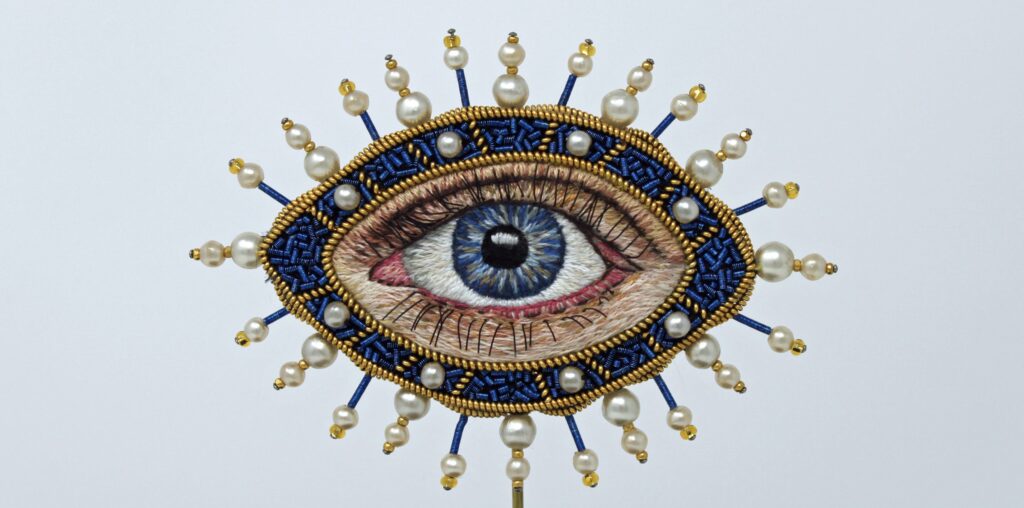Featured image: Tzipporah Johnston Amulet Against Eye Contact blue-scaled
These lovely lamps, these windows of the soul …
Guillaume de Salluste Du Bartas (1544-1590)
Roman philosophers, French and English poets, and artists throughout history have harnessed the power of eyes to convey powerful messages and engage viewers on both a visual and emotional level. Whether depicted as a highly stylistic representation or presented in realistic detail, human or animal, an eye is instantly recognisable, conveying both a sense of presence and the impression of being observed.
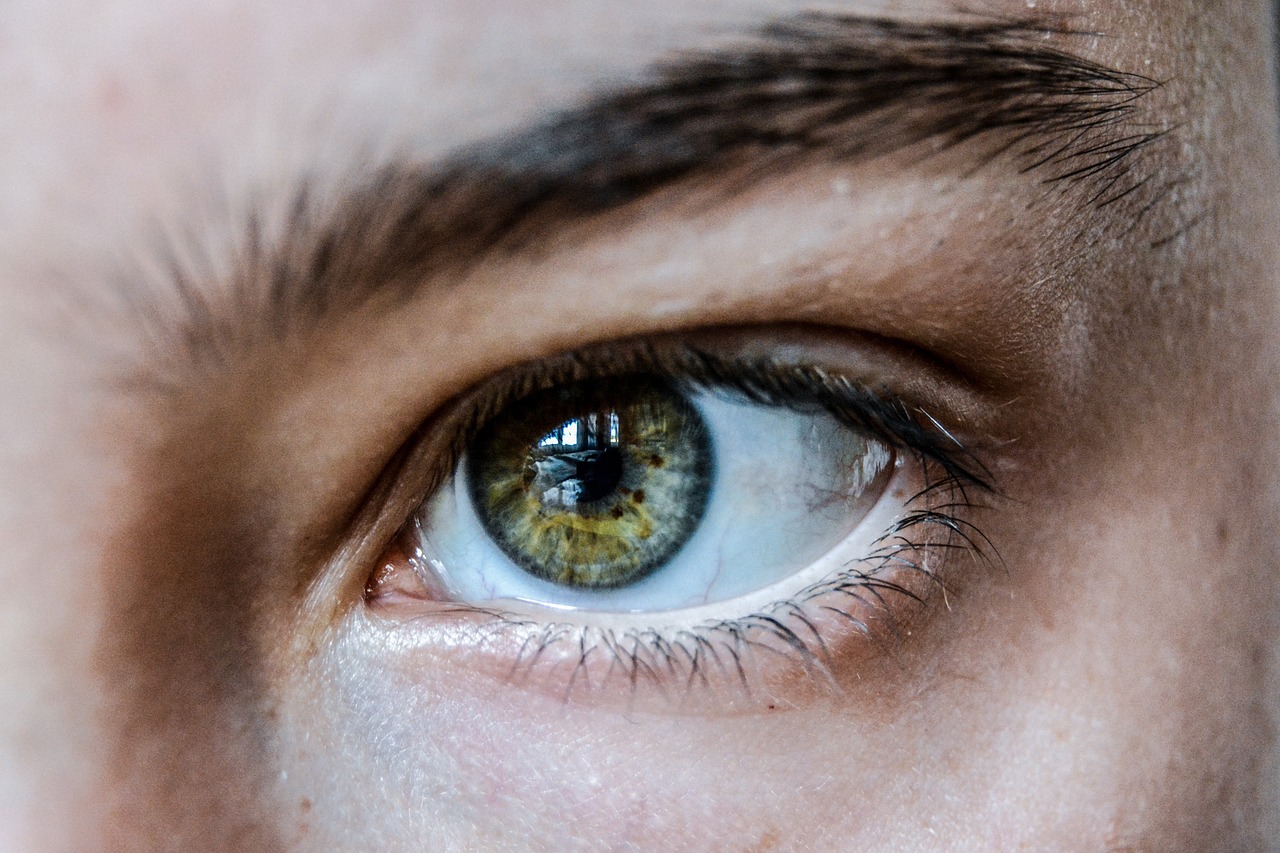
They come in many shapes and colours: human eyes range from pale grey, through blue, to many variations of green and brown. Even when isolated from other features, they can express many emotions.
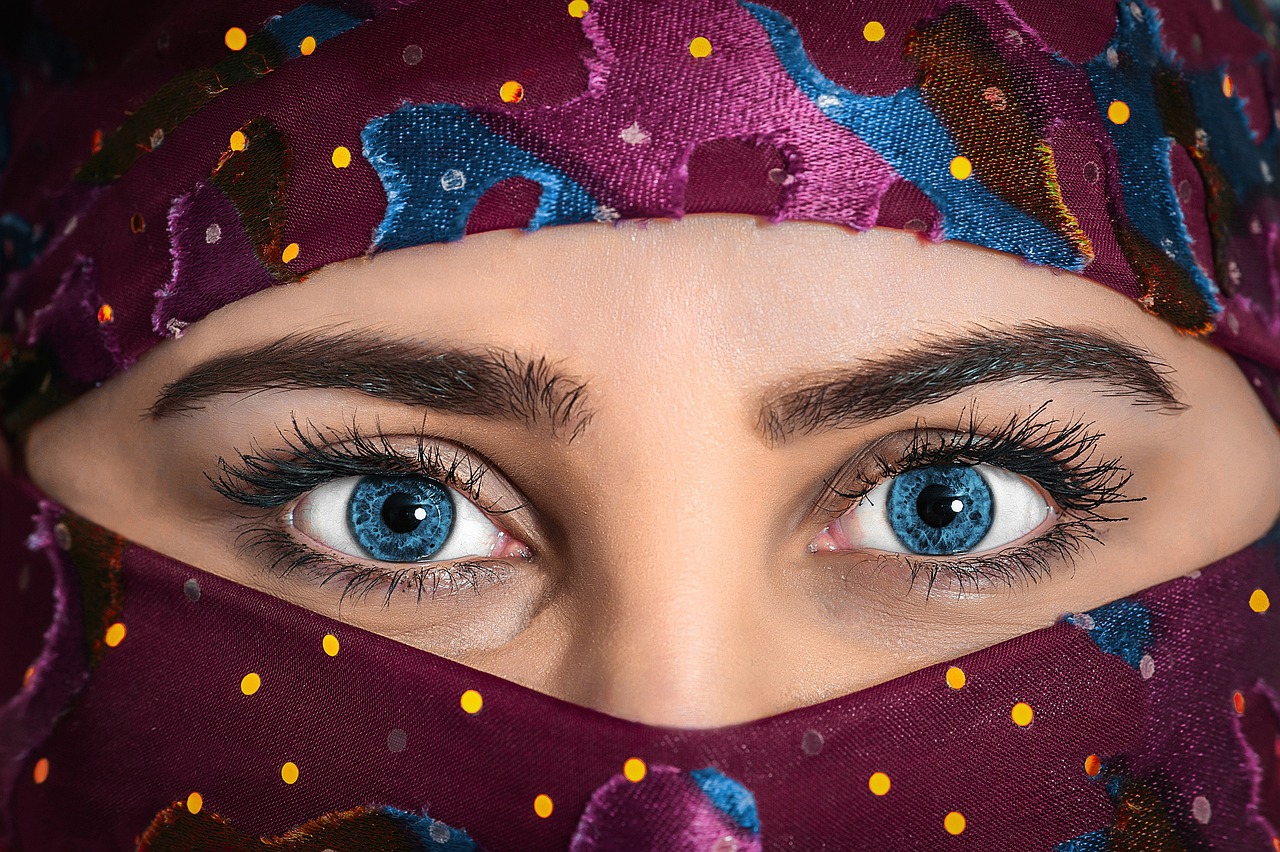

The beauty of an eye lies deep in its construction. In some ways the eye is an actual window, allowing light to reach the hidden retina so that the captured image can be interpreted in the complex pathways of the brain. Between that delicate membrane and the outside world are layers of protection, the lens, sitting in the pupil and focusing the light, the iris, helping to control how much, or how little of that light is allowed to enter, and above that the cornea, the protective dome that captures and directs the light though the pupil.
The iris is what gives an eye its colour. A close view reveals the intricacy of its design: this is a delicate muscle, able to widen or close, allowing more – or less – light into the pupil it surrounds. Much like a person’s fingerprints, the iris of each individual is entirely unique—even identical twins have different iris patterns.
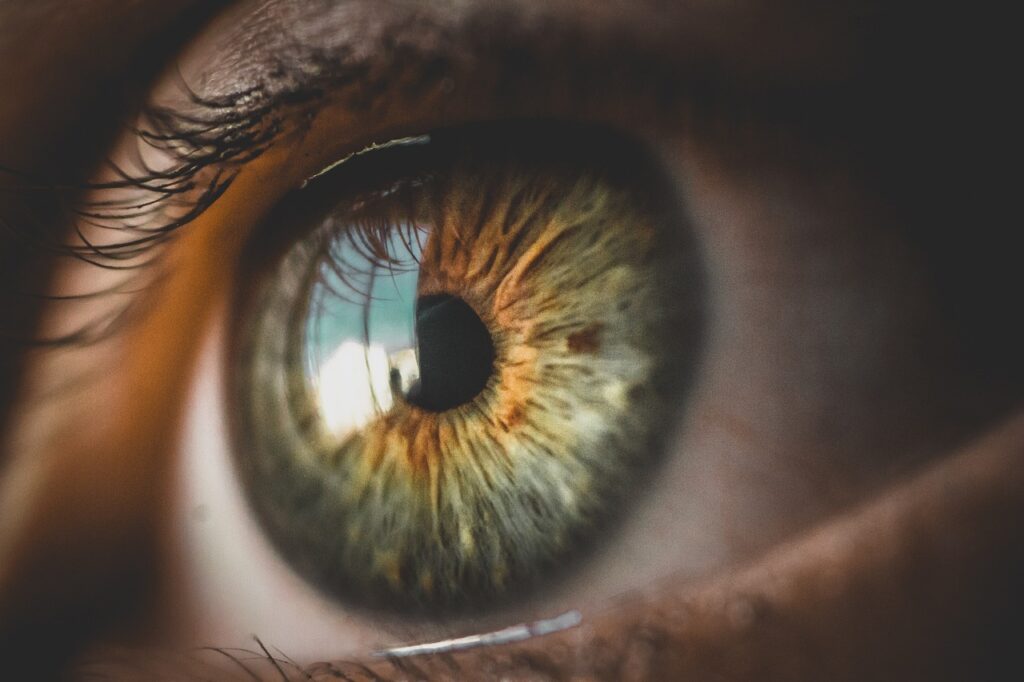
This uniqueness extends across the animal kingdom. The eyes of most animals are constructed in a very similar way, whether that’s cats:
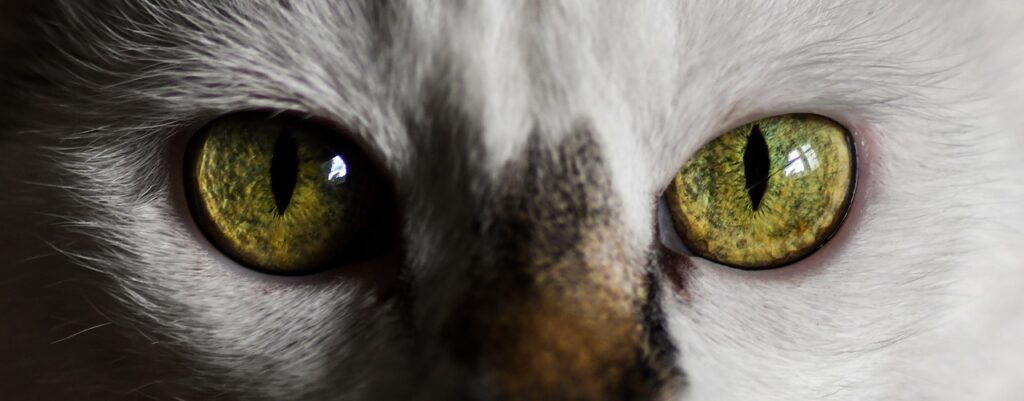
Owls:
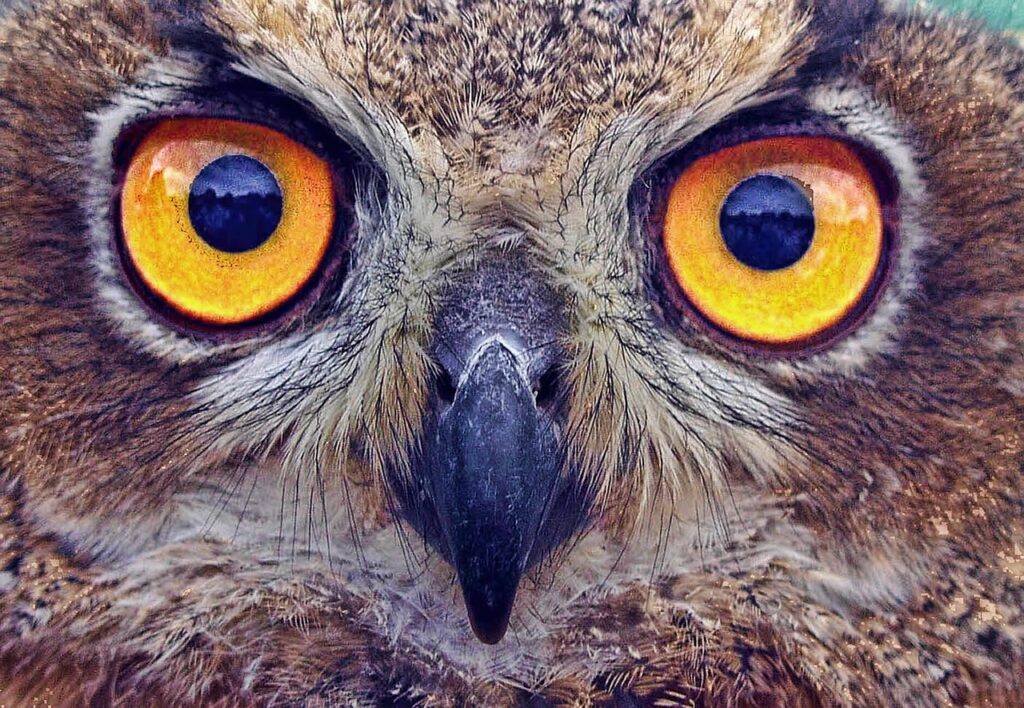
Elephants:
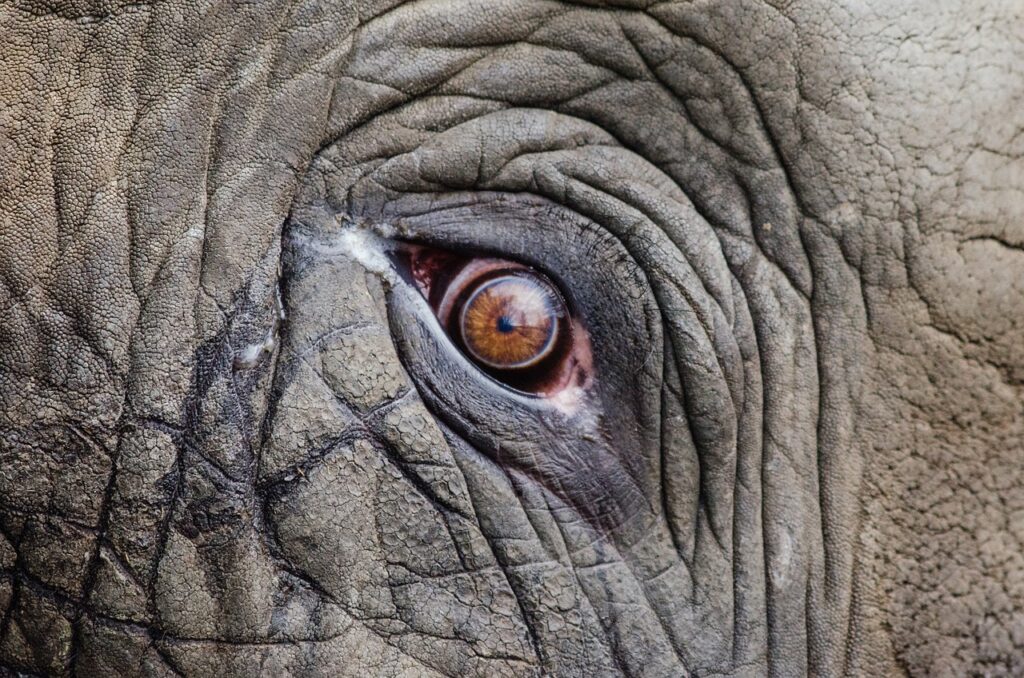
Even crocodiles:
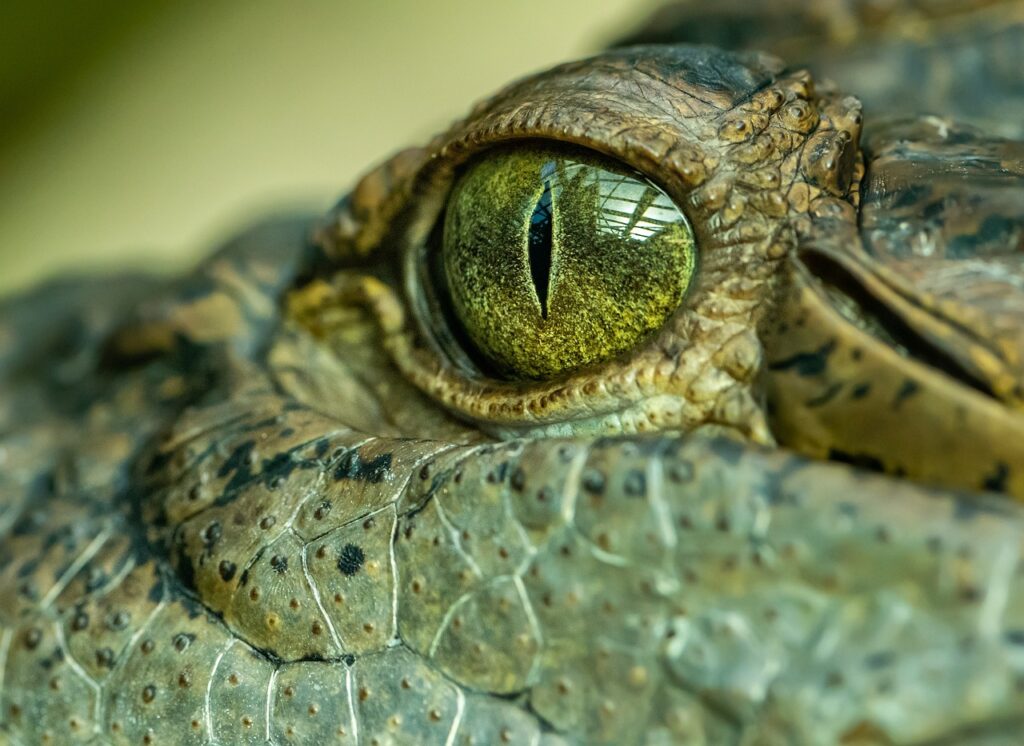
So common are these types of eyes in nature, that some creatures adopt the design as camouflage or warning, presenting imitation eyes to intimidate or startle would be predators. Butterflies have made this into an art!
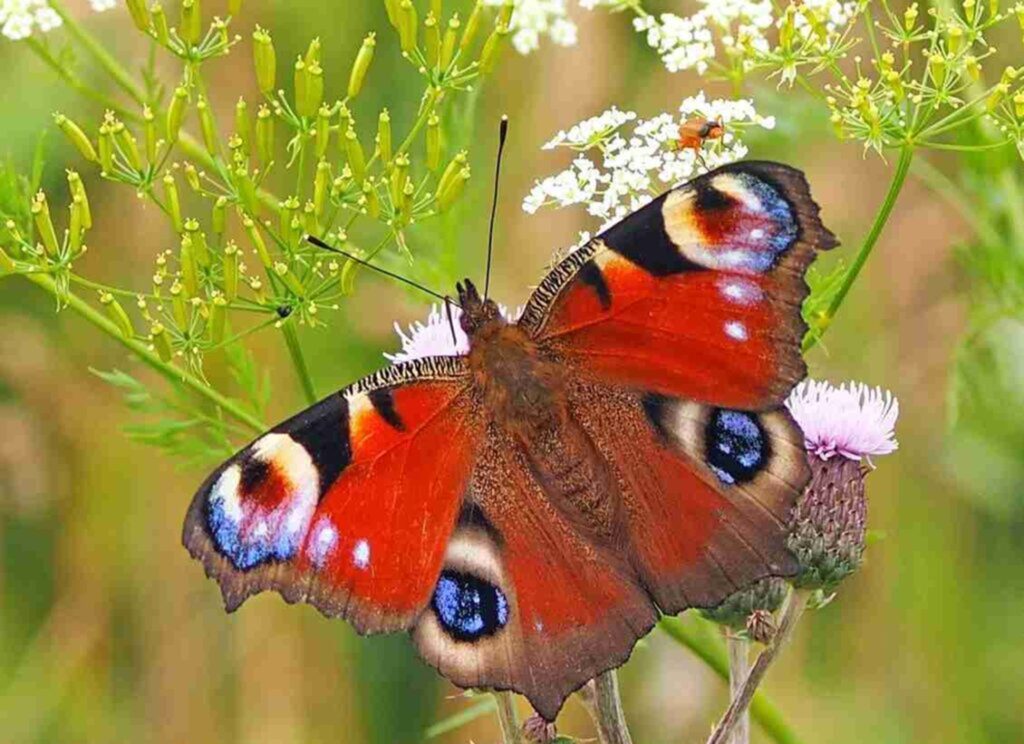
The eyes of insects are, however, completely different – complex, multiple, compound eyes that present a very different view of the world.
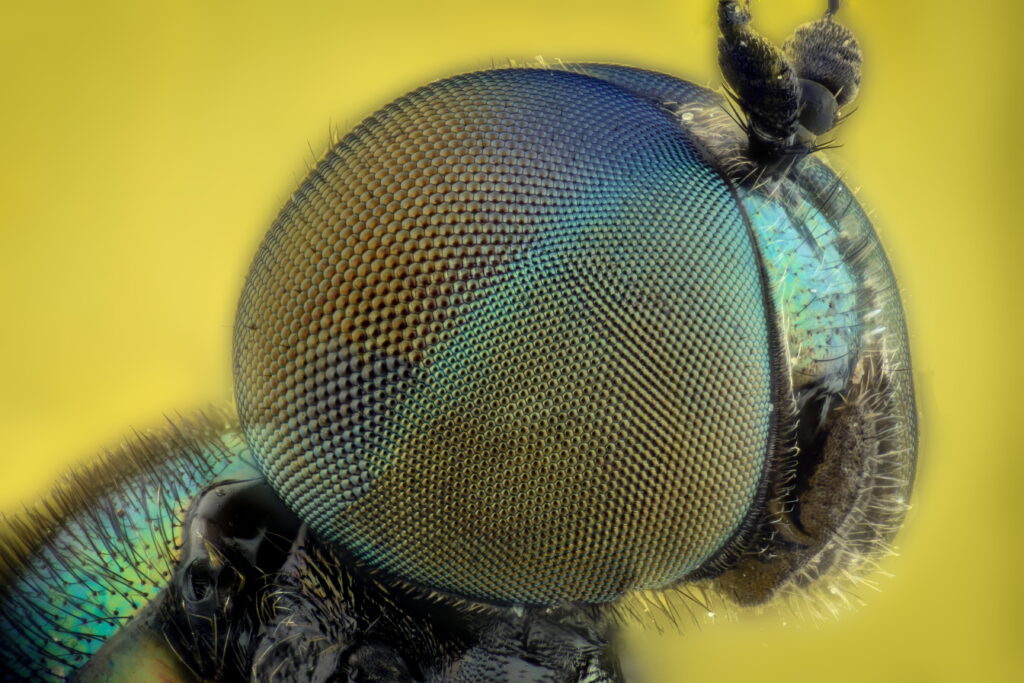
Many cultures have believed that the eyes of gods and goddesses provide protection from ill-fortune and from the Evil Eye. For centuries, seafaring peoples have painted eyes on the prows of their boats to ensure that the vessels could safely see their way through the waters. This custom can still be found in some cultures, particularly on fishing vessels.

The most famous protective eye is probably the Egyptian ‘Eye of Horus’ – also known as the left wedjat eye or udjat eye. This stylised eye with its distinctive markings, was believed to have protective magical power and appeared frequently in ancient Egyptian art and was one of the most common motifs for amulets. You will occasionally see it still being worn today!
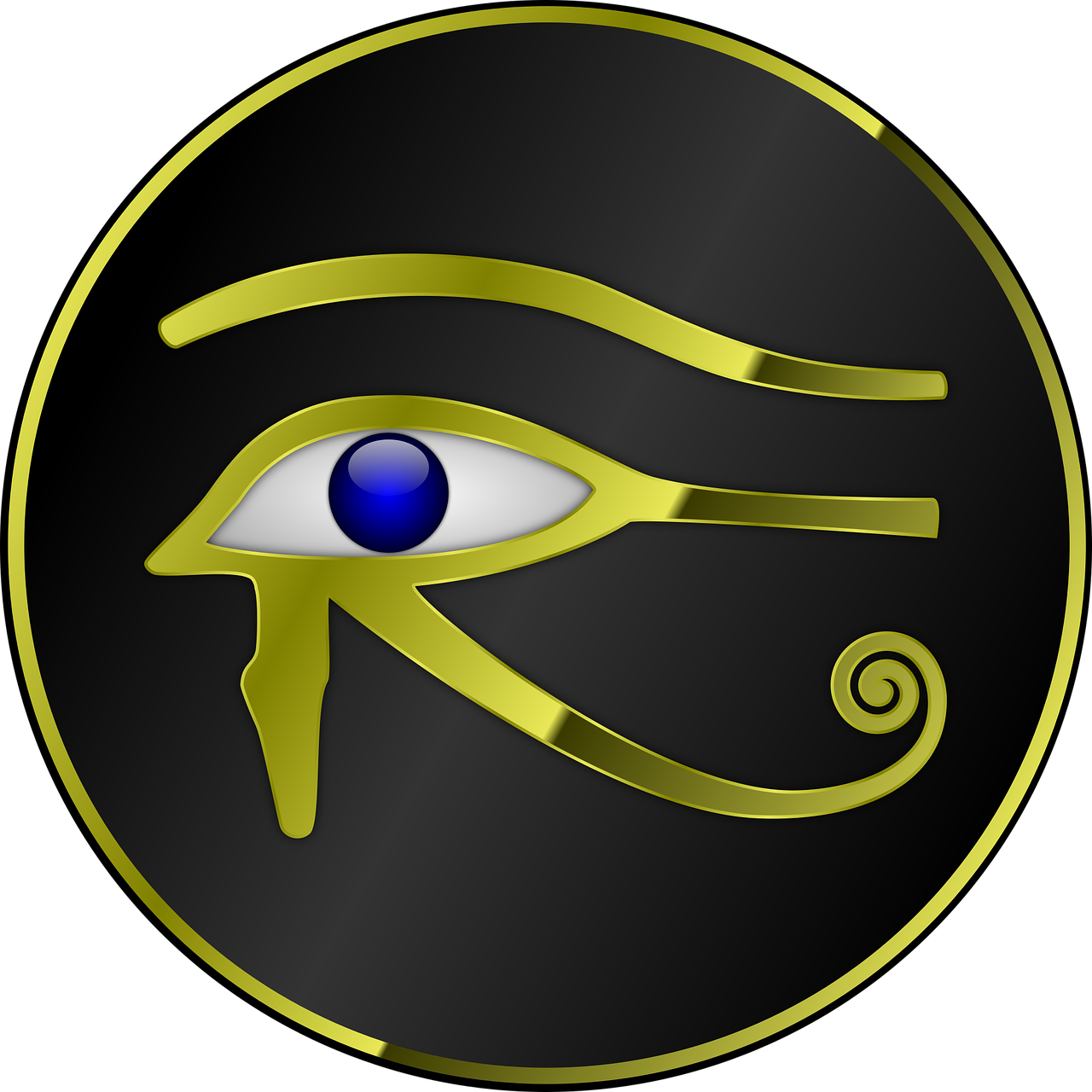
Artists have explored many ways of depicting eyes throughout the centuries – from stone statues to painted portraits, they have attempted to capture the depths of emotion that eyes can convey. Textile artists have pursued similar goals – from the detail in the eyes of saints in Opus Anglicanum to interpretive contemporary work, they bring figures to life, encourage human connection, and tell a thousand stories with a single glance.

You can tell a lot from someone’s eyes.
Lorne Michaels

Thanks, as usual, to Pixabay!

